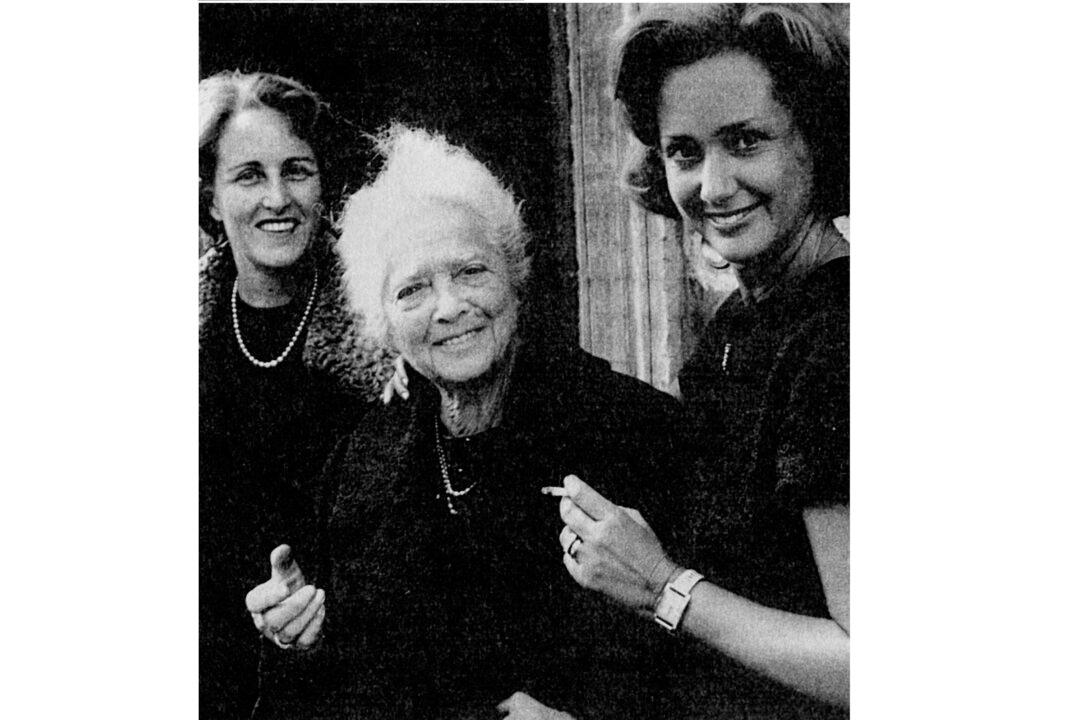When October arrives in Tuscany, chestnuts finally appear at the market stalls again. The town of Marradi, in the Mugello area, not far from Florence, celebrates with a month-long festival dedicated to its renowned chestnuts. Running for some 50 years now, the event attracts folks from all over Tuscany and Emilia-Romagna on Sundays in October.
Visitors arrive in hoards and the town center fills up with stands and counters where you will find not only chestnuts—arranged in every possible manner—but also crates of apples, Volpina pears, and other forgotten fruits; towers of local cheeses like pecorino aged in chestnut or walnut leaves; truffles and local mushrooms, from fragrant porcini to the precious ovoli variety (Amanita caesarea); porchetta, tripe, lampredotto, or cured meat sandwiches; and plenty of other traditional dishes.





